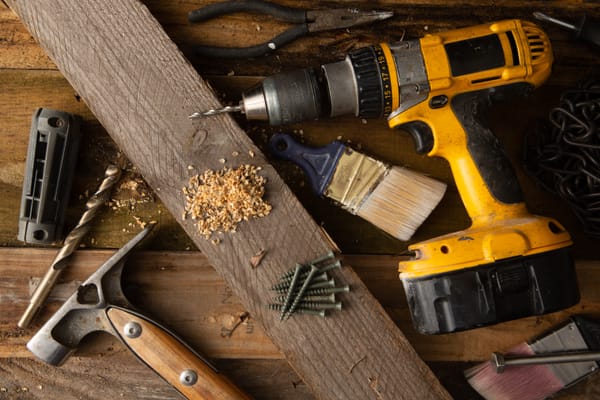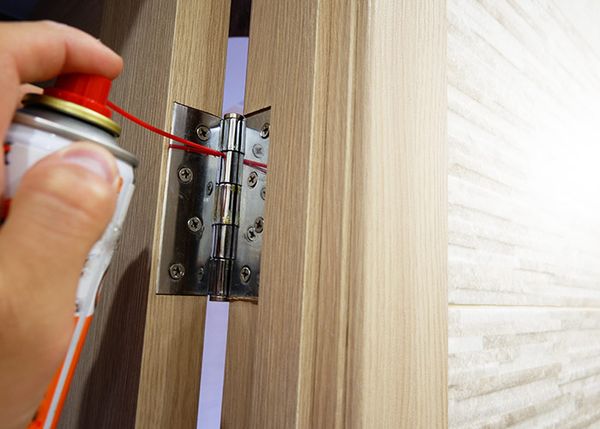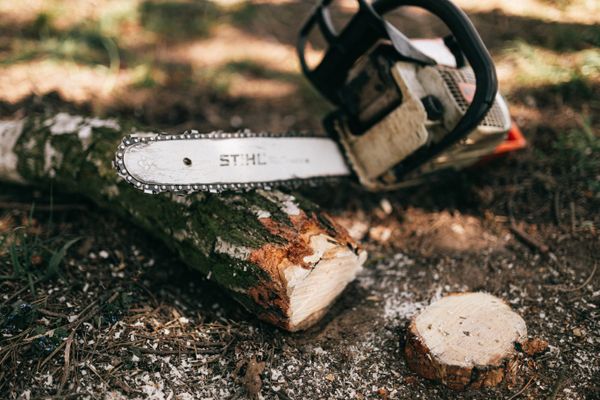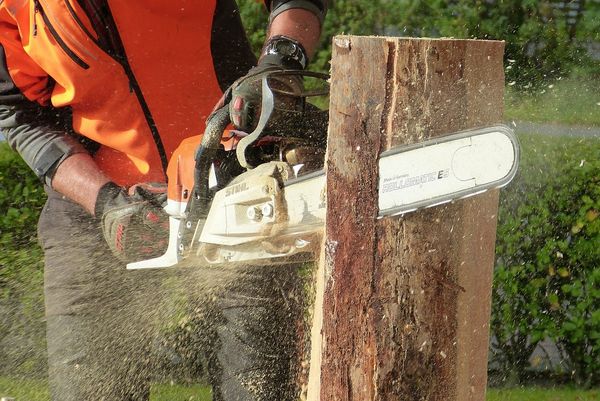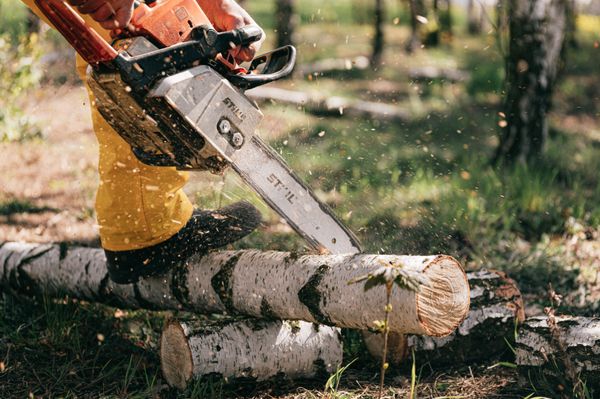Understanding the Importance of Safety Measures for Working with Screws
Working with screws is a common task in many industries and DIY projects. Whether you are a professional tradesperson or a hobbyist, it is important to understand the safety measures associated with working with screws. This article will provide a comprehensive guide to working with screws, including the different types of screws, common hazards, personal protective equipment (PPE), proper handling and storage, choosing the right screwdriver, pre-drilling and pilot holes, understanding torque and tension, and troubleshooting common screw-related problems.
Types of Screws and Their Uses: A Brief Overview
Screws come in various types and sizes, each designed for specific applications. Some common types of screws include wood screws, machine screws, sheet metal screws, and self-tapping screws. Wood screws are designed for use in wood and have a sharp point and coarse threads. Machine screws are used in metal applications and have a blunt end and fine threads. Sheet metal screws are used to fasten metal sheets together and have sharp threads that cut into the material. Self-tapping screws have a drill-like point and are used to create their own threads in materials such as plastic or metal.
Using the right screw for the job is crucial for ensuring a secure and long-lasting connection. Using the wrong type of screw can result in weak joints, stripped threads, or even damage to the material being fastened. It is important to consider factors such as the material being fastened, the load-bearing capacity required, and the environment in which the screw will be used. By selecting the appropriate screw for the task at hand, you can ensure a strong and reliable connection.
Common Hazards Associated with Working with Screws
Working with screws can pose certain hazards if proper safety measures are not followed. Some common hazards include:
- Hand Injuries: When handling screws, there is a risk of getting your hand caught between the screw and the material being fastened. This can result in cuts, punctures, or even amputations.
- Eye Injuries: When driving screws, there is a risk of flying debris or the screw itself hitting your eyes. This can cause serious eye injuries, including corneal abrasions or even blindness.
- Slips and Falls: If screws are not properly stored or organized, they can create tripping hazards. Slipping or falling on screws can result in injuries such as sprains, fractures, or head injuries.
It is important to be aware of these potential hazards and take appropriate safety measures to prevent accidents and injuries.
Personal Protective Equipment (PPE) for Working with Screws
To protect yourself from the hazards associated with working with screws, it is important to use personal protective equipment (PPE). Some common types of PPE for working with screws include:
- Safety Glasses: Safety glasses or goggles should be worn to protect your eyes from flying debris or the screw itself. They should have side shields to provide maximum protection.
- Gloves: Gloves should be worn to protect your hands from cuts, punctures, or amputations. Choose gloves that are resistant to sharp objects and provide a good grip.
- Steel-toed Boots: Steel-toed boots should be worn to protect your feet from falling screws or other heavy objects. They should have slip-resistant soles to prevent slips and falls.
- Ear Protection: If you are using power tools to drive screws, it is important to wear ear protection to prevent hearing damage from the noise generated by the tools.
Using PPE is essential for preventing injuries and ensuring your safety while working with screws. Make sure to wear the appropriate PPE for the task at hand and replace any damaged or worn-out equipment.
Proper Handling and Storage of Screws: Tips and Tricks
Proper handling and storage of screws is important for several reasons. Firstly, it helps prevent injuries by reducing the risk of slips, falls, or getting your hand caught between screws. Secondly, it ensures that screws are in good condition and ready for use when needed. Here are some tips for proper handling and storage of screws:
- Use Screw Trays or Organizers: Invest in screw trays or organizers to keep your screws organized and easily accessible. Sort screws by size, type, or application to make it easier to find the right screw when needed.
- Handle Screws with Care: When handling screws, be careful not to drop them or let them roll off the work surface. Dropping screws can damage the threads or cause them to become misaligned, making them difficult to use.
- Store Screws in a Dry Environment: Moisture can cause screws to rust or corrode, making them unusable. Store screws in a dry environment, such as a toolbox or airtight containers, to prevent moisture damage.
- Label Screw Containers: If you have multiple containers or trays for different types of screws, label them to avoid confusion. This will make it easier to find the right screw when needed and prevent using the wrong screw for the job.
By following these tips, you can ensure that your screws are well-organized, in good condition, and ready for use whenever you need them.
Choosing the Right Screwdriver: Factors to Consider
Using the right screwdriver is essential for properly driving screws and preventing damage to the screw or the material being fastened. When choosing a screwdriver, consider the following factors:
- Screw Type and Size: Different types of screws require different types of screwdrivers. Make sure to choose a screwdriver that matches the screw type and size you are working with.
- Screwdriver Tip: The tip of the screwdriver should fit snugly into the screw head to prevent slipping or stripping. Common screwdriver tips include flathead, Phillips, and Torx.
- Handle Comfort: Choose a screwdriver with a comfortable handle that provides a good grip. This will make it easier to apply the necessary torque without straining your hand or wrist.
- Quality and Durability: Invest in high-quality screwdrivers that are made from durable materials. Cheap or low-quality screwdrivers can easily break or wear out, making them ineffective for driving screws.
Using the right screwdriver for the job will ensure that screws are properly driven and securely fastened. It will also prevent damage to the screw or the material being fastened, resulting in a stronger and more reliable connection.
Pre-Drilling and Pilot Holes: Why They Matter
Pre-drilling and creating pilot holes are important steps when working with screws, especially in certain materials such as wood or metal. Pre-drilling involves drilling a hole slightly smaller than the diameter of the screw, while pilot holes are small holes drilled into the material to guide the screw. Here's why pre-drilling and pilot holes matter:
- Prevents Splitting: Pre-drilling helps prevent wood from splitting when driving screws near the edge or end grain. Without pre-drilling, the wood can crack or split, compromising the strength of the joint.
- Eases Screw Insertion: Pilot holes make it easier to insert screws into the material by providing a guide for the screw. This is especially important when working with hardwoods or dense materials that can be difficult to drive screws into.
- Reduces Risk of Stripped Threads: Pre-drilling and pilot holes reduce the risk of stripping the threads on the screw or in the material being fastened. This ensures a secure and tight connection that will not loosen over time.
To properly pre-drill and create pilot holes, choose a drill bit that is slightly smaller than the diameter of the screw. Drill the hole to the appropriate depth, making sure not to drill too deep or too shallow. Use a countersink bit to create a recess for the screw head if necessary. Finally, insert the screw into the hole and drive it in using the appropriate screwdriver.
Torque and Tension: Understanding the Mechanics of Screws
Understanding torque and tension is important when working with screws, as it determines the strength and reliability of the connection. Torque refers to the rotational force applied to the screw, while tension refers to the stretching force exerted on the screw. Here's why understanding torque and tension matters:
- Proper Tightening: Applying the correct amount of torque ensures that the screw is properly tightened and securely fastened. Under-tightening can result in a weak joint that may loosen over time, while over-tightening can strip the threads or damage the material being fastened.
- Avoiding Damage: Applying excessive torque can cause the screw to break or strip, especially in softer materials such as wood or plastic. Understanding the appropriate torque for the screw and material being fastened will help prevent damage.
- Load-Bearing Capacity: The tension in a screw determines its load-bearing capacity. Understanding the tension required for a specific application will ensure that the screw can withstand the expected load without failing.
To properly apply torque and tension to screws, use a torque wrench or a screwdriver with a built-in torque control mechanism. Follow the manufacturer's recommendations for the appropriate torque settings for the screw and material being fastened. Avoid using excessive force or power tools, as this can easily strip the threads or damage the material.
Troubleshooting Common Screw-related Problems
Working with screws can sometimes lead to common problems that need to be addressed. Here are some common screw-related problems and how to troubleshoot them:
- Stripped Threads: If the threads on the screw or in the material become stripped, the screw will not be able to create a secure connection. To fix this problem, you can try using a larger screw or filling the stripped hole with a wooden dowel or epoxy and then re-drilling the hole.
- Loose Screws: If screws become loose over time, they can compromise the strength and stability of the joint. To fix this problem, you can try applying a thread-locking adhesive or using a larger screw that provides a tighter fit.
- Difficult Screw Removal: If a screw becomes stuck or difficult to remove, you can try using penetrating oil to loosen it. Apply the oil to the screw and let it sit for a few minutes before attempting to remove it with a screwdriver or a power tool.
- Damaged Screw Heads: If the screw head becomes damaged or stripped, it can be difficult to drive or remove the screw. To fix this problem, you can try using a screw extractor tool or cutting a new slot in the screw head with a rotary tool.
By troubleshooting these common problems, you can ensure that your screws are properly installed and functioning as intended.
Conclusion: Staying Safe and Productive While Working with Screws
Working with screws is a common task in many industries and DIY projects. By understanding the importance of safety measures, using the right screw for the job, being aware of potential hazards, using personal protective equipment, properly handling and storing screws, choosing the right screwdriver, pre-drilling and creating pilot holes, understanding torque and tension, and troubleshooting common screw-related problems, you can stay safe and productive while working with screws. Remember to always prioritize safety and follow best practices to ensure a successful outcome in your projects.


